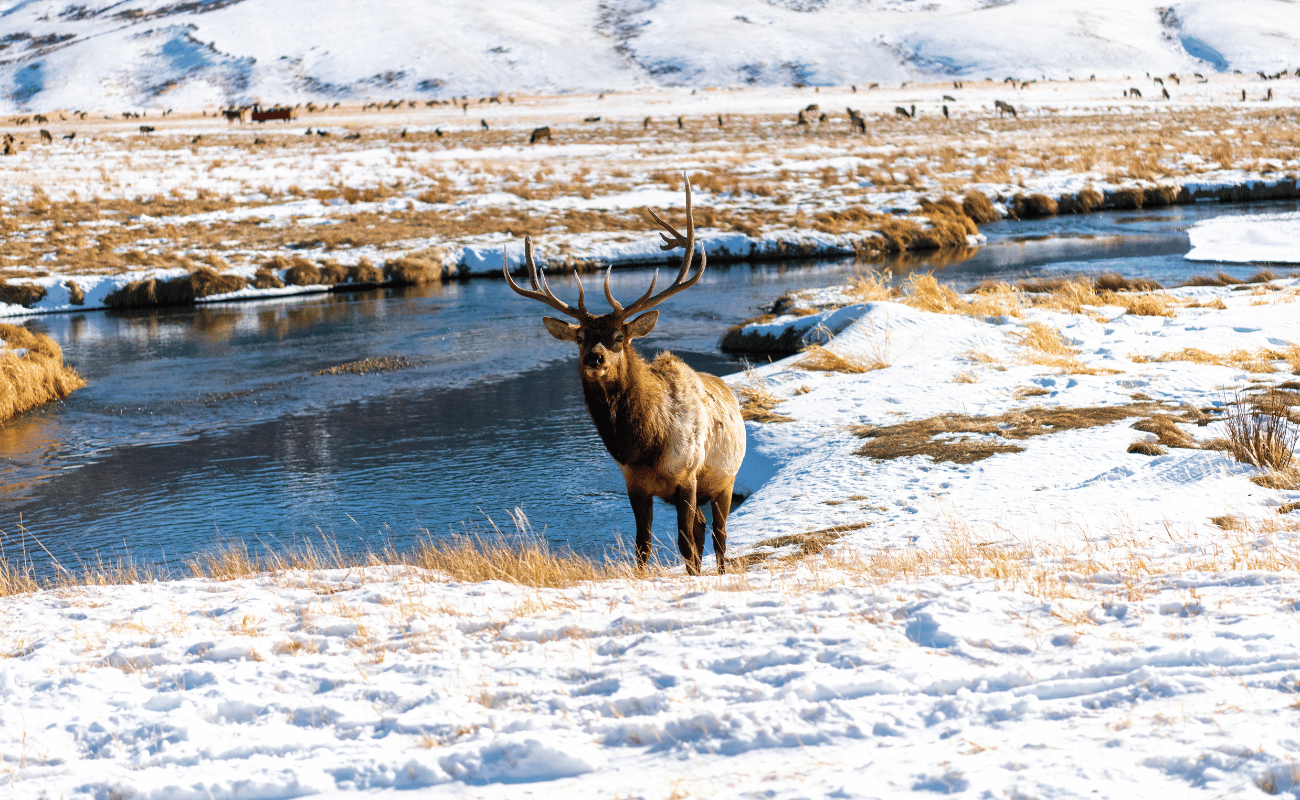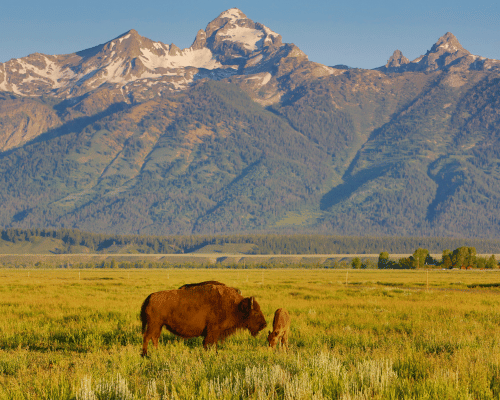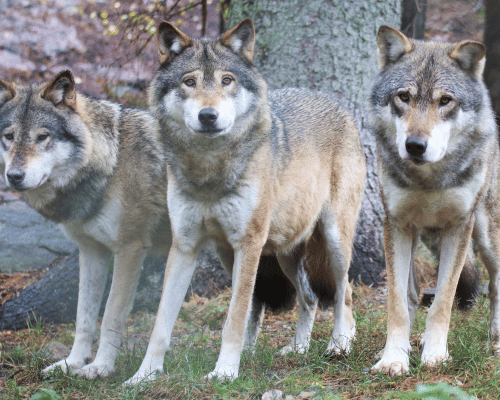Is Chronic Wasting Disease a real concern?

Chronic Wasting Disease (CWD) is a very real concern here in Jackson Hole. CWD is very similar to mad cow disease. It is rooted in a prion, an abnormal cell in an animals body which reduces its ability to combat disease. It is a fatal disease!
CWD is transmitted between animals via the ingestion of browse which has been urinated/defecated upon and then spread by animals that have stepped onto an affected area. Thusly, the disease can be spread from one deer species to another (mule deer, whitetail deer, elk and moose).



Chronic Wasting Disease Threatens Jackson Hole’s Wildlife
Collective Actions
The major concern here in Jackson Hole is that, if spread, such transmission could have a disastrous
ecological impact both in Grand Teton and Yellowstone National Parks and the overall Yellowstone Ecosystem. The disease was confirmed near Jackson Hole (in Grand Teton) just last year when a road-killed mule deer tested positive for the disease.
Currently, environmental groups are in legal proceedings against the National Elk Refuge (overseen by US Fish and Wildlife Service) to reduce elk numbers and supplemental feeding there in an effort to minimize possible transmission of CWD.The concern is that so many animals in such close proximity to each other may pose a significant reason for concern of the disease transmission.




